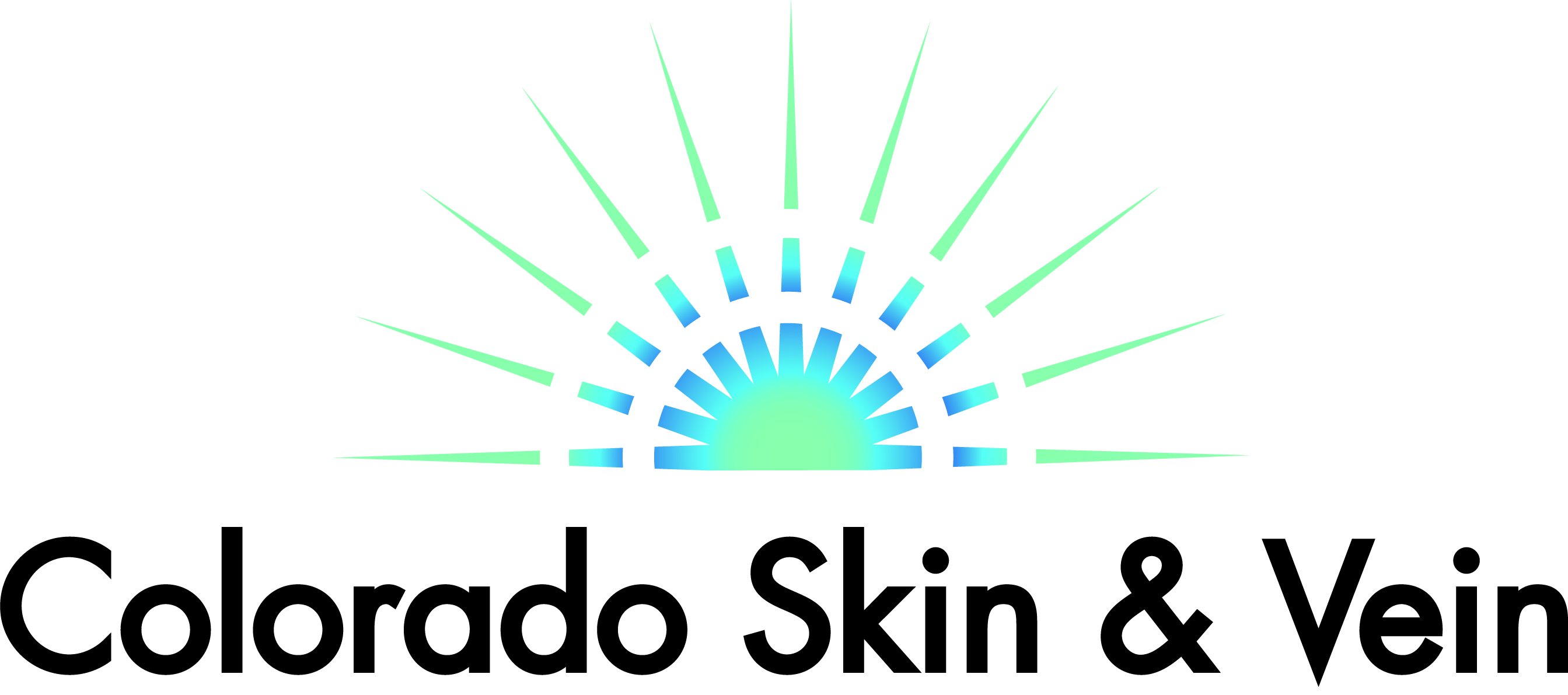June 22, 2023
What Are My Treatment Options for Rosacea?
Are you tired of living with the persistent redness, visible blood vessels, and acne-like breakouts caused by rosacea? This chronic skin disease isn’t cured but can be managed and minimized with the right approach. Learn more here.Rosacea is a chronic inflammatory skin disease that affects more than 14 million people in the United States. Commonly mistaken for adult acne, this complex condition can trigger periodic flare-ups of redness and flushing, visible blood vessels, and pimple-like breakouts across the cheeks, nose, chin, and forehead.
Although rosacea isn’t curable, it can be managed and minimized with the right approach. As skin and facial vein experts offering a full scope of advanced, energy-based rosacea treatment options at Colorado Skin and Vein in Englewood, Colorado, our skilled team can help you reduce rosacea flare-ups and clear your skin.
Read on as David Verebelyi, MD, RVT, and Christina Jordan, FNP, CANS, discuss the ins and outs of rosacea, including the main components of an effective rosacea treatment plan.
A short tutorial on rosacea
A tendency to blush or flush more easily than before is often the first sign of rosacea, an incurable skin condition that causes red patches across the nose and cheeks that may spread to the forehead or chin. People with rosacea may also notice redness on their neck, ears, eyes, scalp, chest, and back.
Given that the signs (what you see) and symptoms (what you feel) of rosacea can vary from one person to the next, experts have categorized the disease into four distinct subtypes.
Rosacea subtypes
It’s possible to have more than one rosacea subtype at once. Each subtype has a different treatment approach.
Erythematotelangiectatic
Subtype one causes a persistent redness in the center of your face and visibly broken blood vessels (spider veins). The skin may swell, sting, burn, or feel dry and rough.
Papulopustular
Subtype two causes acne-like breakouts of pus- or fluid-filled pimples that tend to appear unexpectedly. The skin may be oilier and more sensitive than usual or swell and develop raised skin patches called plaques.
Phymatous
Subtype three, which is rare and usually preceded by symptoms of subtype one or two, causes your skin to swell, thicken, and become bumpy, especially along the nose. Oily skin, large pores, and visible spider veins may also occur.
Ocular
Subtype four affects the eyes, causing bumps (styes) on your lids. It can also make your eyes appear bloodshot, cause blurry vision, and leave your eyes feeling irritated, gritty, watery, or light-sensitive.
Symptom triggers
A defining characteristic of rosacea is that its symptoms typically flare up in the presence of specific triggers. Although rosacea triggers are highly individual, common symptom-activating factors include:
- Alcohol consumption
- Sunlight and heat
- Emotional stress
- Wind and cold
- Physical exertion
- Hormonal changes
- Spicy foods; hot drinks
Some medications and specific hair, skin, or makeup products can also trigger rosacea. These factors are by no means an exhaustive list, and you may determine that you have other triggers.
Rosacea treatment solutions
Rosacea management falls into two general categories: Basic control care and individualized treatment therapies.
Foundational care
No matter which rosacea subtype (or combination of subtypes) you have, it’s important to build a basic preventive care plan to minimize flare-ups and support healthy skin, which includes:
Trigger avoidance
Determining what triggers your rosacea symptoms and learning how to avoid those triggers is one of the best ways to control the condition and maintain clear, healthy-looking skin.
Sun protection
Most people with rosacea find their skin quite sensitive to the sun. Before you head outdoors, apply a broad-spectrum sunscreen with an SPF of 30 or higher to your face, neck, and other exposed skin areas. Stick to the shade when you can, and avoid the midday sun.
Gentle skin care
Harsh skin care products and habits (such as scrubbing) can aggravate rosacea and cause a symptom flare-up. Our team can recommend mild products and show you gentle cleansing techniques to ensure your daily skin care routine doesn’t intensify your rosacea.
Individualized treatment
Depending on the subtype and severity of your rosacea, you may also benefit from a more targeted treatment approach, such as:
Topical or oral medication
Several FDA-approved topical medications can treat skin inflammation, persistent redness, and acne-like breakouts caused by rosacea. Most are applied once or twice a day to help keep skin calm and clear. Sometimes, a prescription of oral antibiotics helps control particularly severe rosacea.
Laser therapy
Noninvasive laser therapy uses targeted energy to erase visible spider veins, minimize skin redness, and ease subdermal inflammation. It can also correct the thickened skin and textural changes caused by advanced rosacea. Most people see substantial skin improvement with a series of laser treatments.
Get clear, healthier skin today
Ready to gain the upper hand over rosacea? We can help. To learn more about the rosacea treatment solutions at Colorado Skin and Vein in Englewood, Colorado, call or click online and schedule an appointment today.
Want to know more?
Fellas (and you ladies, too) - if you suffer from varicose veins, don't wait until they get really bad to do something about them. Make an appointment with Colorado Skin and Vein and Dr. Verebelyi and go get them fixed! You will not regret it!
Want to know more?
"*" indicates required fields
- Copyright 2022 Nicdark Themes
- Envato Power Elite Author
